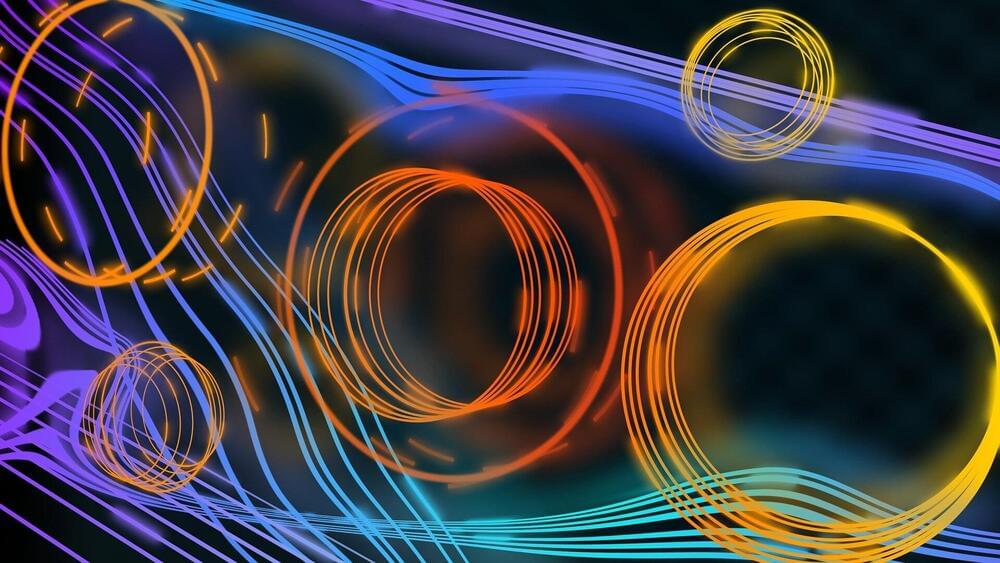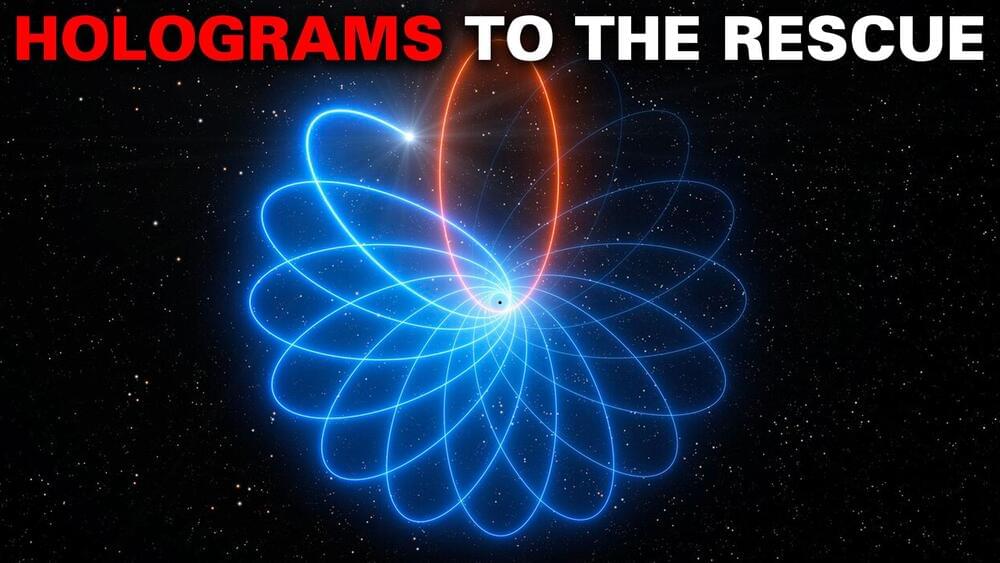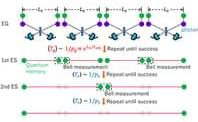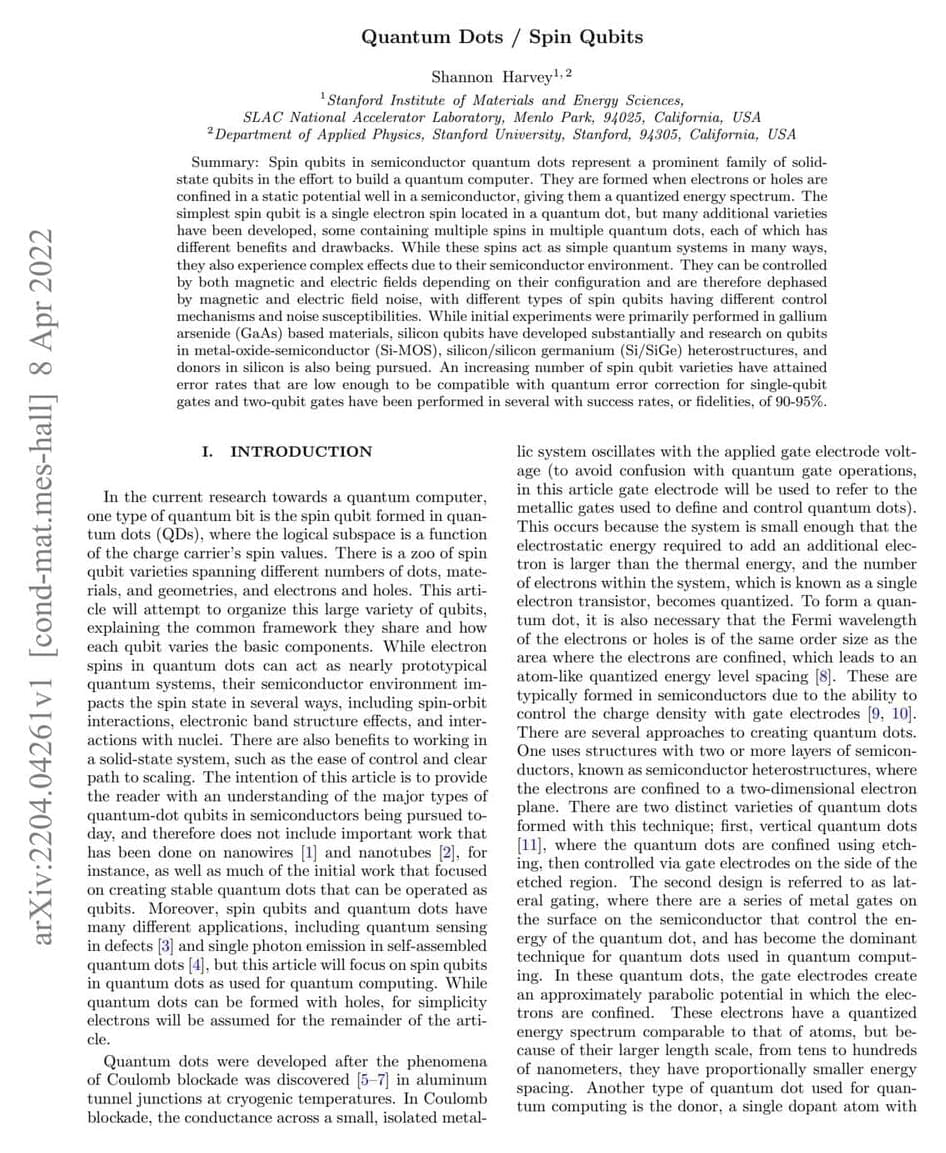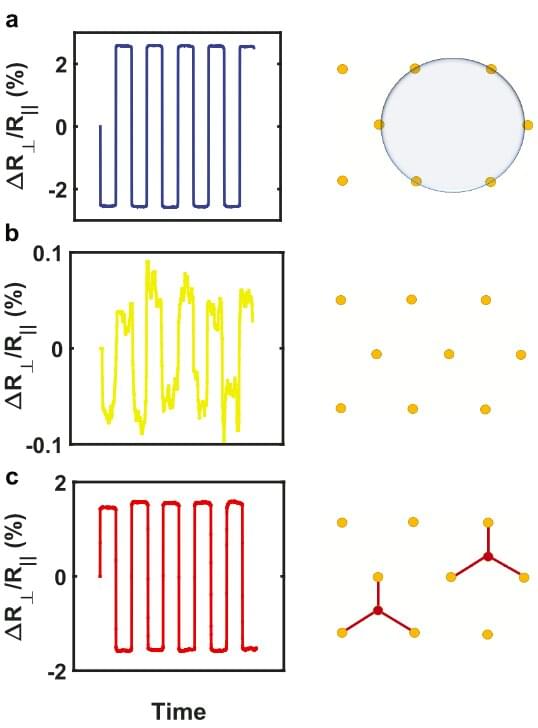Dec 24, 2023
Scaling Up a Trapped-Ion Quantum Computer
Posted by Saúl Morales Rodriguéz in categories: computing, quantum physics
Major technical improvements to a quantum computer based on trapped ions could bring a large-scale version closer to reality.
Scientists are exploring various platforms for future large-scale quantum computation. Among the leading contenders, those in which the quantum bits (qubits) are trapped ions stand out for their low-error operation. However, scaling up such platforms to the millions of qubits needed for utility-scale quantum computing is a daunting task. Now Steven Moses at Quantinuum in Colorado and colleagues describe an impressive new trapped-ion quantum computer, the Quantinuum System Model H2, in which they have been able to increase the number of qubits (from 20 to 32) without increasing the error rate [1]. The researchers have put this system through its paces with full component-level testing, a suite of industry-standard benchmark tests, and a set of diverse applications.
In a typical trapped-ion quantum computer, a linear chain of ions is confined by an electric potential using direct-current (dc) and radio-frequency (rf) fields. Whereas the ion-trap apparatus can be at any temperature, the ions themselves need to be laser cooled to near their ground state. Their motion can then be quantized, and the resulting motional modes can be used to entangle any pair of ions in the chain—a requirement for performing quantum operations. However, controlling individual ions in a long chain comes with its own technical difficulties, and it is unlikely that a million qubits—as needed to build a universal, fault-tolerant quantum computer [2]—could be trapped in a single potential.

